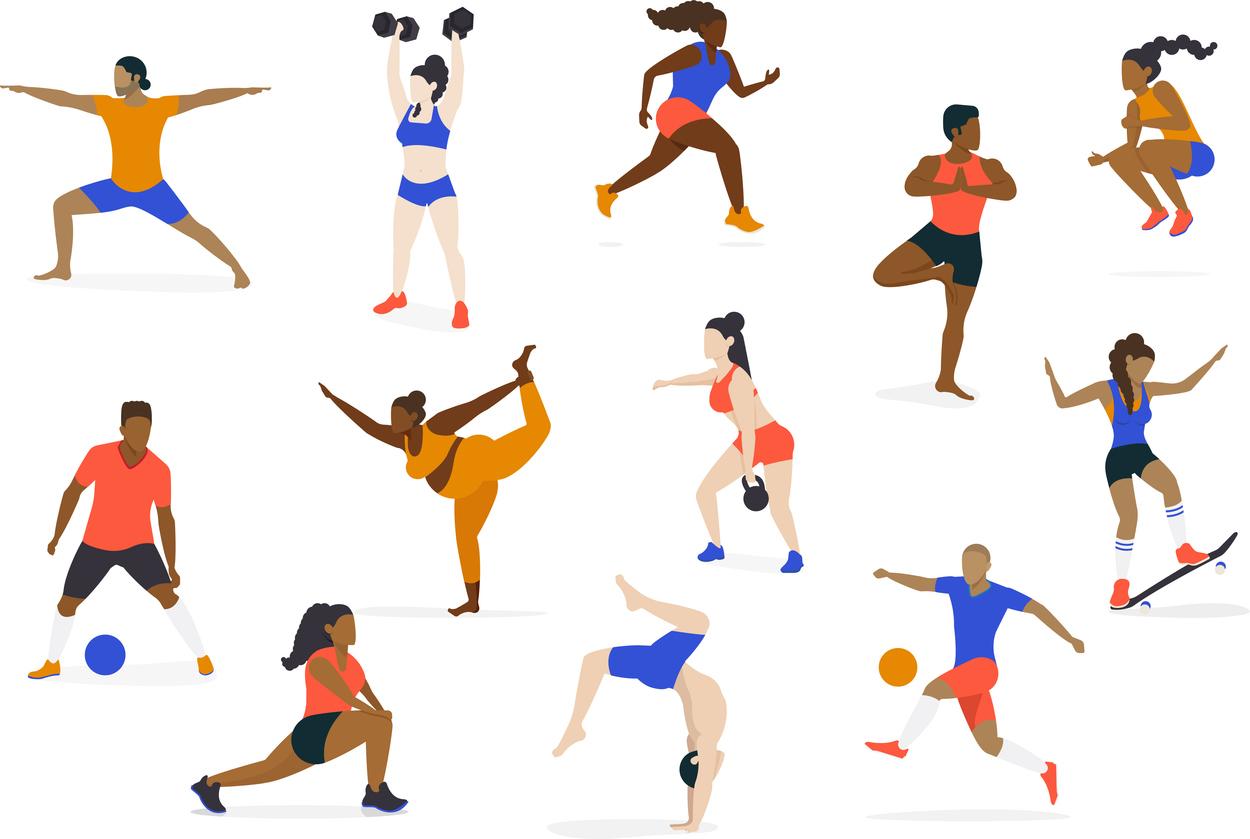When an individual performs a movement at very high speed, his muscles no longer produce energy. It is then the tendons, via an energy return system, which quickly release energy. Explanations.

- When running at high speed, the muscles have a problem: they cannot produce much force.
- Tendons allow athletes to store energy so they can quickly release it when needed.
- To keep your physical abilities as long as possible, you have to train regularly to maintain the rigidity of the tendons.
Nine seconds 80… It was with this record time that sprinter Lamont Marcell Jacobs won the gold medal in the 100 meter event at the Tokyo Olympics last Sunday. Is this prowess due to his muscles? Obviously, but they are not the only ones responsible for this victory. One of the essential elements is also the maintenance and use of the tendons, as explained The Conversation. These can be defined as kinds of threads that connect muscle to bone. They thus transmit force to the skeletal system. The fingers, for example, have no muscles but can move thanks to the tendons which connect them to the muscles of the forearm. For everyone, but even more so for athletes, their role is therefore crucial in achieving good performance.
Muscle strength comes from two proteins: actin and myosin
The muscles are very powerful, they allow to carry very heavy loads, to move quickly, etc. Their strength comes from the interaction between two proteins: actin and myosin. The alliance of these two proteins in muscle cells allows muscle contraction. In detail, myosin binds to rod-like actin. Thus, the two proteins slide against each other: it is this movement which produces the force which the muscles need on a daily basis when we climb stairs or carry shopping bags for example. But, when running at high speed, muscles have a problem: they can’t produce much force because the two proteins responsible for muscle contraction – actin and myosin – have a harder time attaching themselves to muscle. to each other. They no longer fulfill their role correctly. At very high speed, the muscles would not even produce any force at all. World speed records therefore exist… thanks to the tendons.
Tendons store energy to better release it
For example, the muscles alone cannot produce half the power required for a sprint or vertical jump event. This is where tendons come in, which allow athletes to store energy so they can quickly release it when needed. This phenomenon is called the “energy feedback system”. This is made possible by a rather long and extensible tendon, attached to a strong muscle. When the muscle produces force, it stretches the tendon, storing elastic energy. When the tendon relaxes, it generates much more power than our muscles. We can therefore say that our tendons are power amplifiers!
Maintain tendon rigidity to maintain physical abilities
To get the best possible benefit from our tendons, there are a few tips. First of all, moving in a direction opposite to the desired movement – thus doing a counter-movement – allows the muscle strength to be already high when the desired movement begins. This is the principle of the service in tennis: it goes first backwards to then throw the ball better forwards. On the other hand, to improve performance, an athlete as well as a normal individual must train regularly to make the tendons stiffer. Indeed, this rigidity decreases with age, which reduces physical abilities. It is therefore best to walk every day and do sports regularly to maintain the rigidity of your tendons. In the elderly, this lifestyle will allow them to maintain a good walking rhythm for longer. Doing one to two sets of squats a day, for example, is a very good routine to achieve this goal!
.















